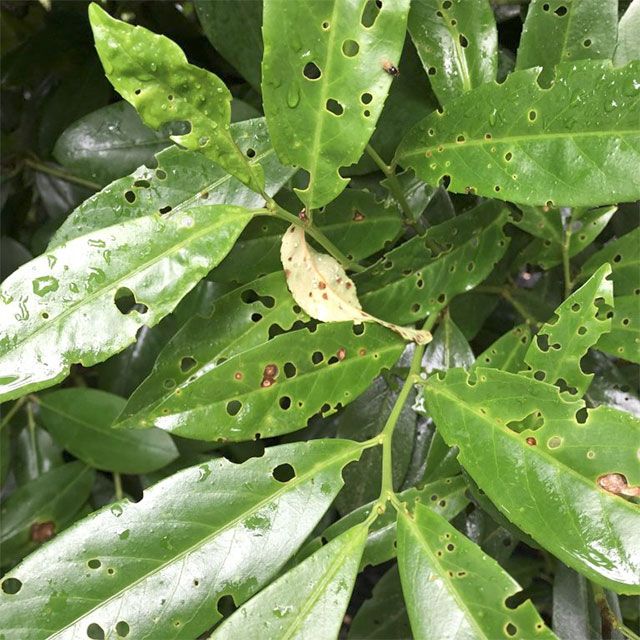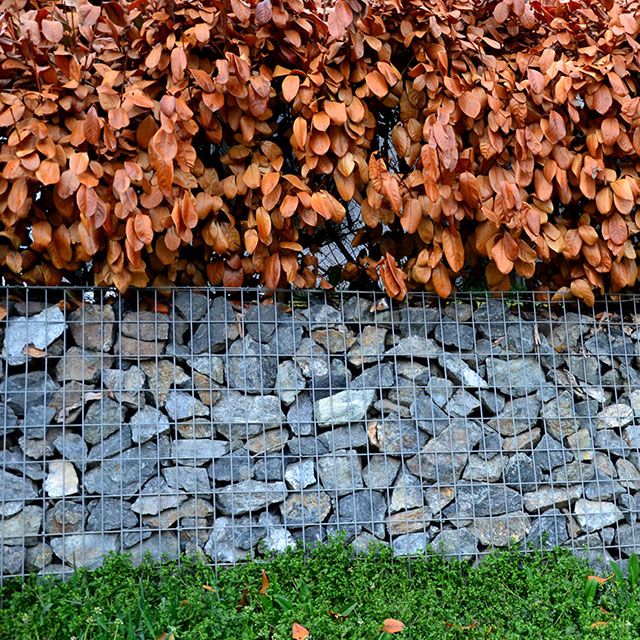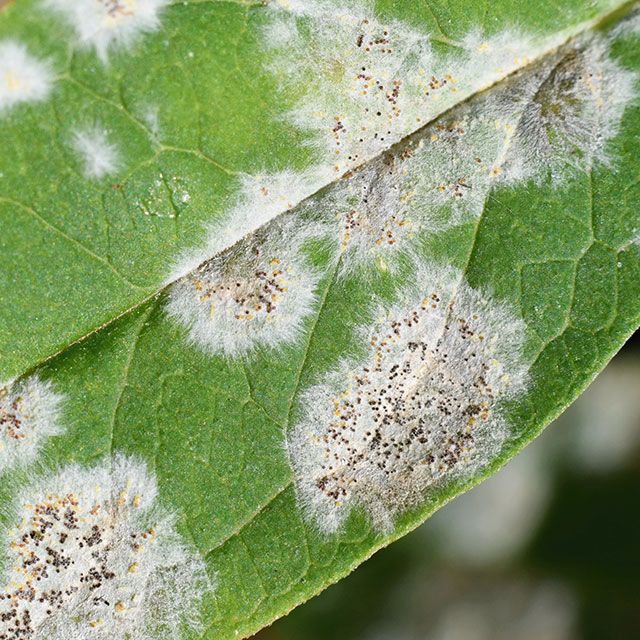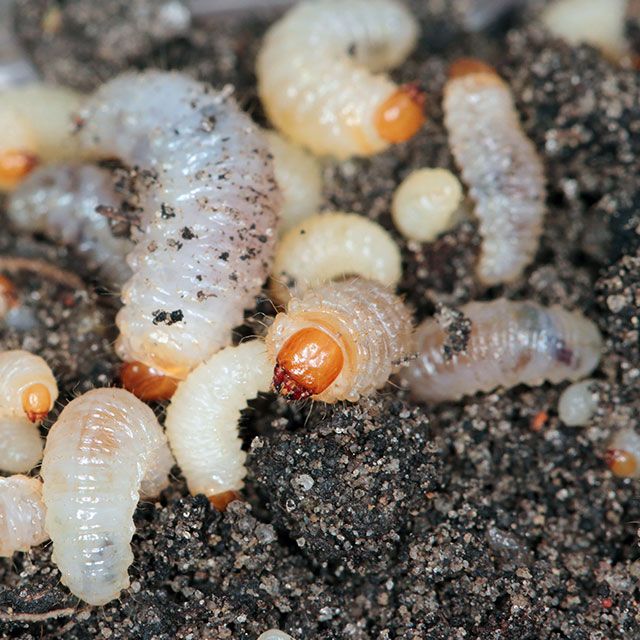Laurel hedging is a popular choice for gardeners looking to add privacy, beauty, and structure to their outdoor space.
But laurel hedge problems can arise if pests or diseases take hold of the plants.
In order to keep your laurel hedge plants healthy and thriving, it is important to identify laurel hedge problems quickly in order to address them before they become too severe.
This article provides practical tips on how you can recognise common laurel hedge issues such as pests and diseases, prevent them from occurring in the first place, and solve existing issues so that your laurels remain strong and beautiful!
Laurel hedges, or laurel shrubs, are a type of evergreen plant that includes species such as Cherry Laurel, Portuguese Laurel, Compact Laurel, Upright Laurel and Sweet Bay Laurel.
Laurel plants make excellent hedge options since they are hardy, fast-growing, and evergreen.
However, laurel hedge problems can arise if pests or diseases take hold of the plants. Common laurel hedge pests include vine weevil, aphids, thrips, lacebugs, scale insects, and caterpillars.
Common laurel diseases such as leaf spot fungi otherwise known as bacterial shot hole can also cause problems with your laurel hedges if not treated appropriatley.
Overall, laurel hedge plants can be a beautiful addition to any garden. However, iIt is important to identify laurel hedge problems quickly in order to address them before they become too severe.
Taking preventive measures like proper pruning techniques and mulching laurels with organic material can help protect the plants from these issues.
Additionally, using targeted insecticides or dilute solutions of organic fungicide when needed can also help ensure that your laurels remain strong and beautiful!
Here's a list of the most common problems, pests and diseases experienced in the UK.
Leaf Spot Fungus and Bacterial Shot hole disease are common laurel hedge problems that can cause discoloration and damage to affected leaves.
The best method to deal with affected plants is to implement preventive measures before the bacteria has an opportunity to spread.
Proper pruning techniques (removing dead or damaged branches) coupled with good sanitation practices (cleaning up fallen leaves and debris) can help prevent the spread.

Frost damage is a common issue with laurel plants that can occur during the winter months. It is caused by freezing temperatures that cause damaged leaves to curl and become discolored. In extreme cases, laurel branches may die back due to severe frost damage.
In order to prevent frost damage, it is important to protect laurel hedges during the winter months. Mulching laurels with a thick layer of organic material such as straw, leaves, or grass clippings can help insulate them against frost damage.
Additionally, providing laurel hedges with extra water during periods of drought can also help protect them from frost damage.

Powdery mildew is a common laurel hedge problem that can cause laurels to develop a white powdery coating or spots on the leaf surface.
These spots can grow larger in size and eventually spread across the entire laurel plant.
It is important to keep laurels well-watered and in a sunny area to prevent powdery mildew from taking hold.
Additionally, using a dilute solution of organic fungicide can help keep laurel hedges healthy and safe from powdery mildew.

Vine weevil is a laurel hedge pest that can cause considerable damage to laurels if not dealt with promptly. These tiny beetles feed on the laurel leaves and can quickly skeletonise laurels, leaving only the veins of the leaf behind.
The best way to eradicate vine weevil is by using chemical control in the form of a targeted insecticide. However, it is important to read the instructions carefully before applying the insecticide and only use it as directed. Additionally, keeping laurels well-watered will help encourage healthy growth which can help deter vine weevill from attaching themselves to laurels in the first place.
